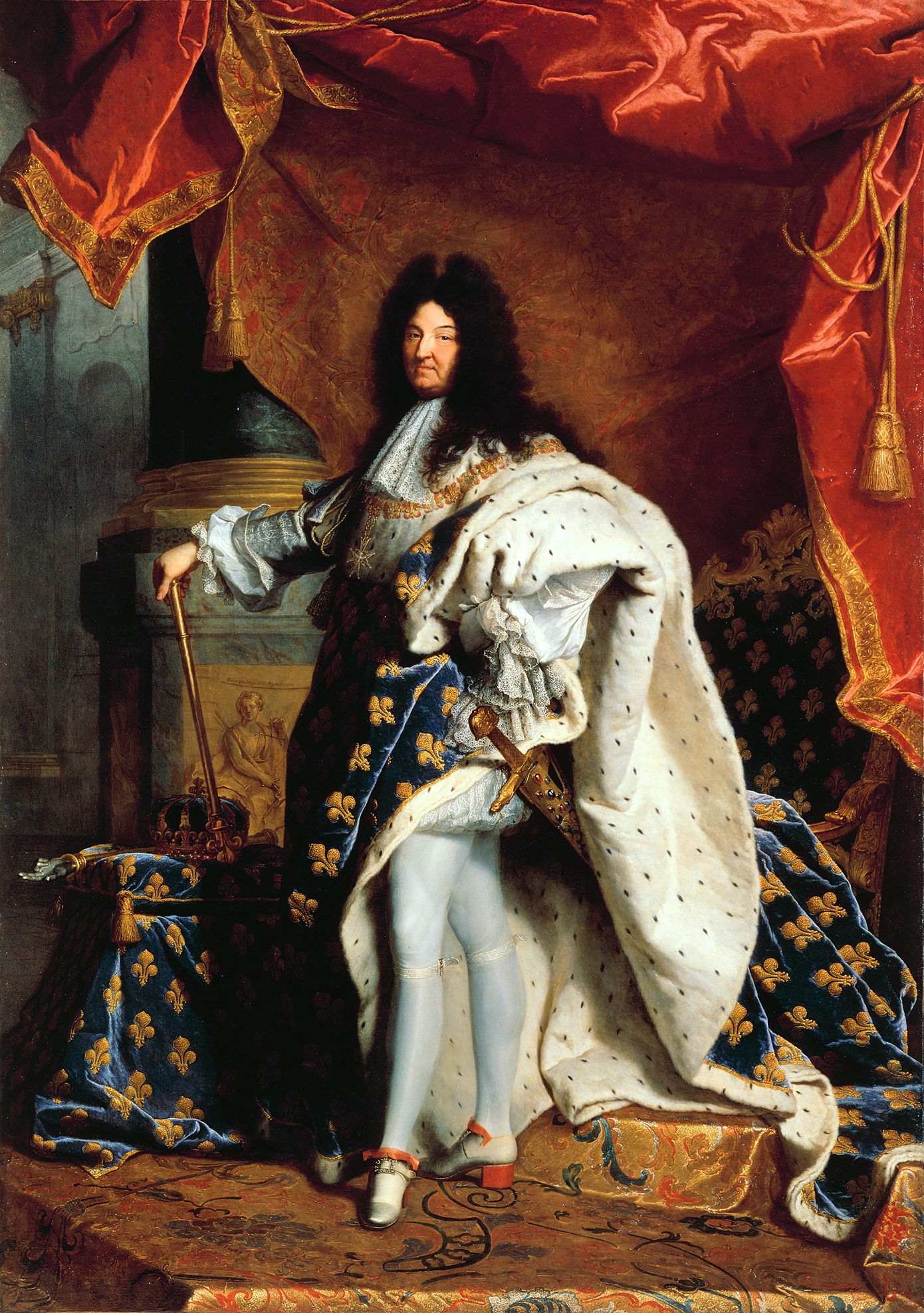How personal branding helps authors, artists and business owners
/Personal branding helps you communicate who you are more quickly, broadly and efficiently to the people you meet, and can go places you cannot,
Read MoreInternational Award-Winning Author
Personal branding helps you communicate who you are more quickly, broadly and efficiently to the people you meet, and can go places you cannot,
Read MorePart 5 in series on personal branding

It should come as no surprise that when it comes to personal branding, the French take it to a higher level. The Sun King, Louis XIV, is the most outstanding in a long line of Louis who had impressive nicknames: Louis the Young, Louis the Lion, Louis the Saint. These guys had the right idea of personal brand. And then, there were a few who kind of botched it: Louis the Quarreler, and Louis the Prudent, the Cunning, the Universal Spider (this one deserves further exploration in another post!).
But The Sun King has transcended the centuries, reigning longer than any other monarch of a major European country (more than 72 years, 1643-1715). He is memorable for centralizing government, for his lavish Palace of Versailles, for his his grand poses (and shapely legs), and of course for his fashion sense.
Taking back control of his country from the Catholic cardinals, Louis XIV believed in rule by divine right. He valued fiscal and military reform, law and order, the arts, and thriving French industries that could be effectively taxed. To move forward with his goals, he had to start by eliminating the mammoth corruption and embezzlement by some of his advisors.
He gained the respect of the populace by focusing first on law an order, and relied on his new government ministers reporting directly to him to help establish and maintain his public image. King Louis understood that the display of magnificence and splendor created part of a king's power. He also knew the value of repetition. His portraits were numerous, and his images were distributed far and wide to reach as many of his subjects as possible.
According to Peter Burke, author of The Fabrication of Louis XIV, "Louis saw himself everywhere, even on the ceiling."
His personal symbol, or logo, was the sun, and anything that bore his standard -- his bed and his dinner table even if he was not present -- was to be respected as if he himself were there.
Brand guidelines
To maintain a consistency of image and message in all of this repetition, there had to be rules, and Louis understood this as well. In all its forms, his public representation had to convince the audience of his greatness. Louis identified with admired historical figures such as Clovis, the first Christian king of France, and Charlemagne. So, the artists, musicians and writers drew from such powerful images as a Roman triumph, an equestrian statue with the horse stomping some evil. In state portraits he was:
"As for the expression on the royal visage, it tends to vary between ardent courage and dignified affability. A smile is apparently considered inappropriate for the King of France," Burke wrote.
In addition to portraits, sermons, sonnets, poems, literature, plays, coins and tapestries all had to present the king in this idealized light.
Brand strategy
To help implement his brand, King Louis had Jean-Baptiste Colbert who devised and documented a strategy whereby the king would be glorified as a patron of the arts. This "communications plan" included a list of all the various media where the king could not only invest but be depicted, as well as a list of individuals, their strengths and weaknesses, who could be called upon for the work.
"The plan was put into place in the next decade," wrote Burke, "when we can observe the 'organisation of culture' in the sense of the construction of a system of official organizations which mobilized artists, writers and scholars in the service of the king."
Like the sun, King Louis rose with the work of his reign and the help of his brand advisors, but in later years experienced a "royal sunset" when expensive wars, fragmented politics and a shortage of talent contributed to the decline of his popularity. There would be two more Louis to rule France before the French Revolution of 1789, but none to reach so high a zenith.
The takeaways
What can we learn from the personal brand of the Sun King?
Next week, part 6 of the series will focus on Napoleon.
 Sharavogue recently won first place for historical fiction in the Florida Writers Association Royal Palm Literary Awards! You can purchase a copy from online booksellers and at the Book Loft on Amelia Island, FL. I will be presenting at the Amelia Island Book Festival Feb. 20-21.
Sharavogue recently won first place for historical fiction in the Florida Writers Association Royal Palm Literary Awards! You can purchase a copy from online booksellers and at the Book Loft on Amelia Island, FL. I will be presenting at the Amelia Island Book Festival Feb. 20-21.
Nancy Blanton is the award-winning author of Sharavogue, a historical novel set in 17th Century Ireland during the time of Oliver Cromwell, and in the West Indies, island of Montserrat, on Irish-owned sugar plantations. She has two more historical novels underway, as well as a non-fiction book about personal branding, Brand Yourself Royally in 8 Simple Steps. She also wrote and illustrated a children's book, The Curious Adventure of Roodle Jones, and co-authored Heaven on the Half Shell, the Story of the Pacific Northwest's Love Affair with the Oyster.